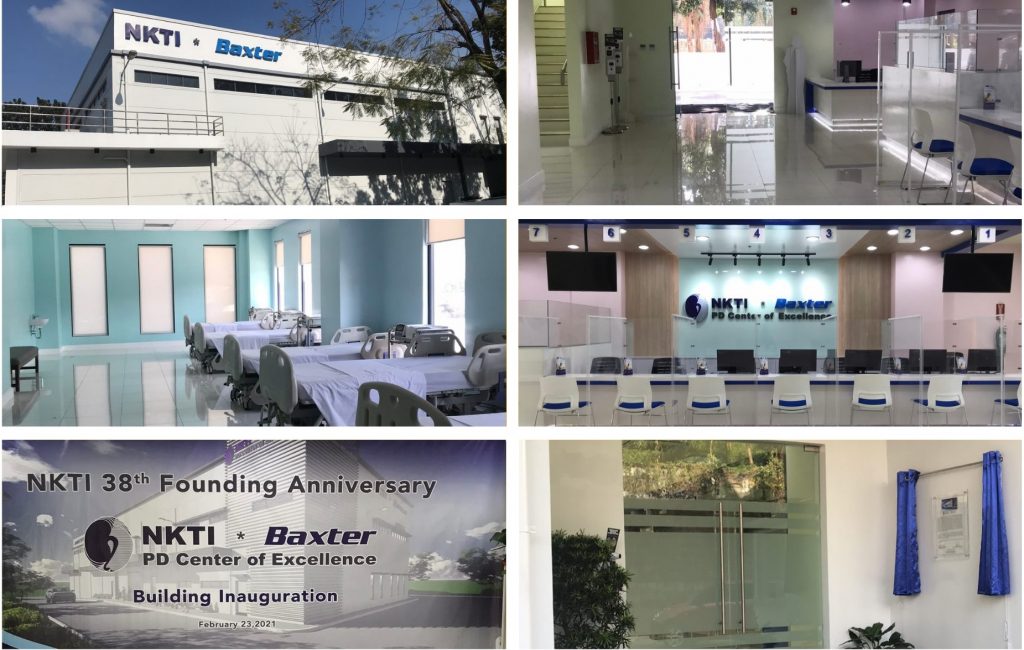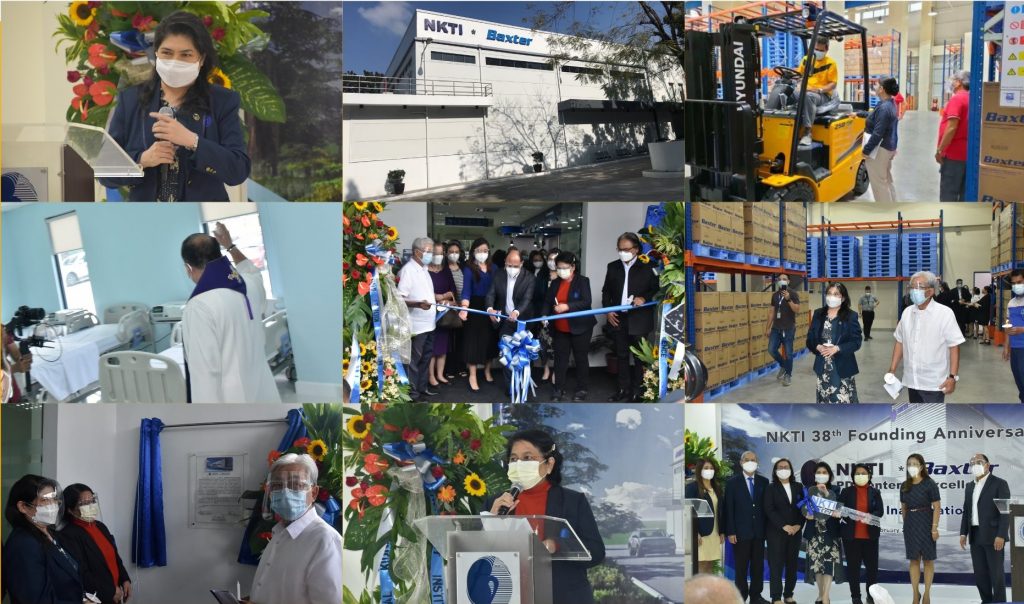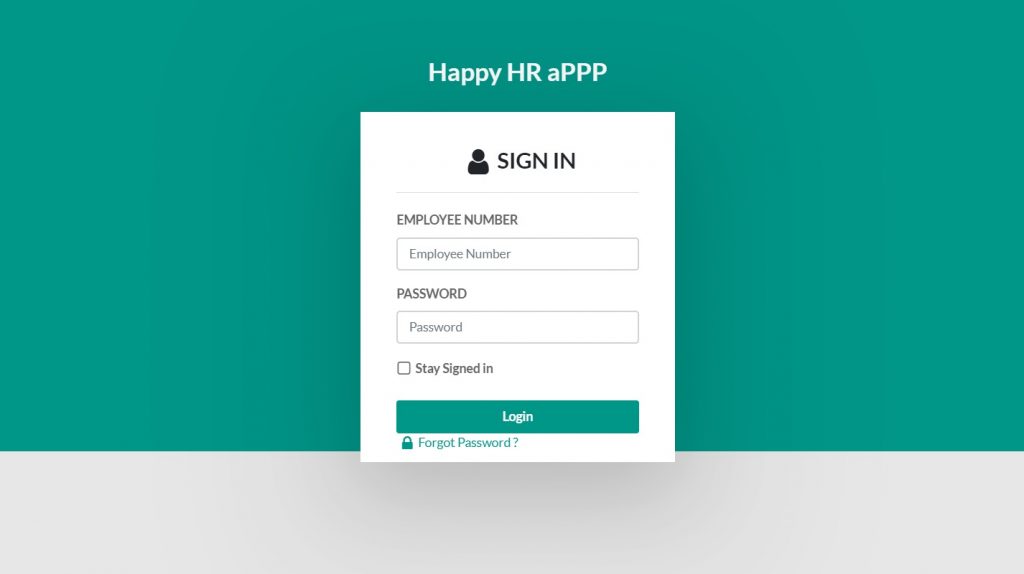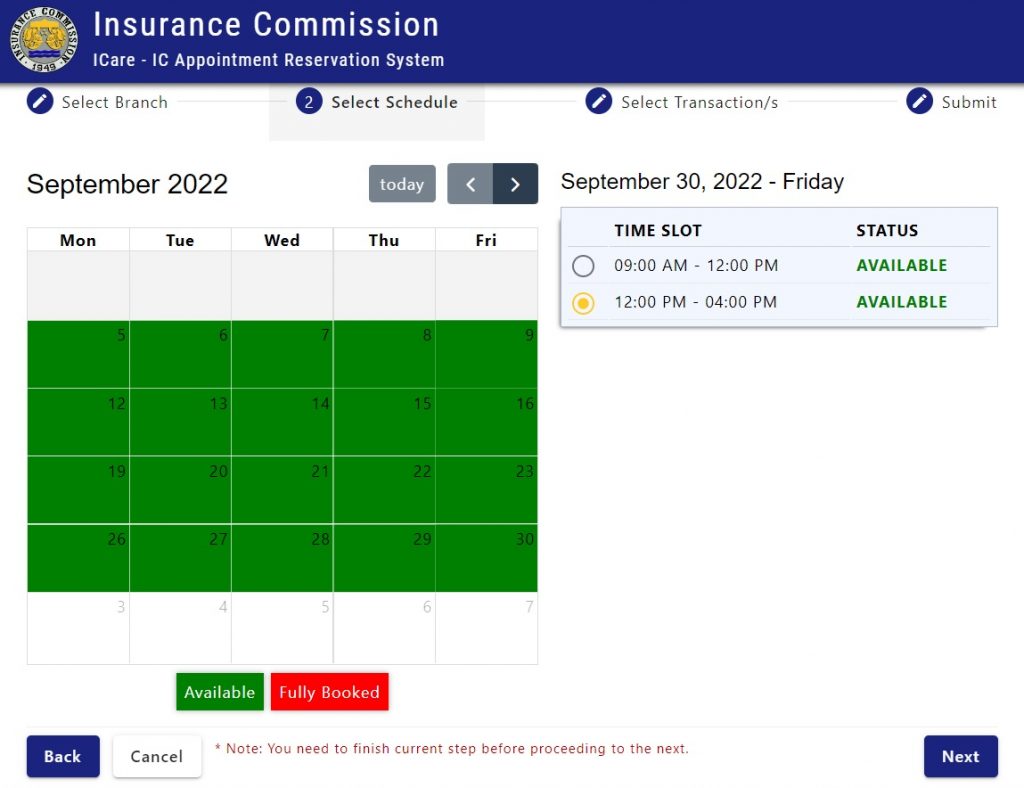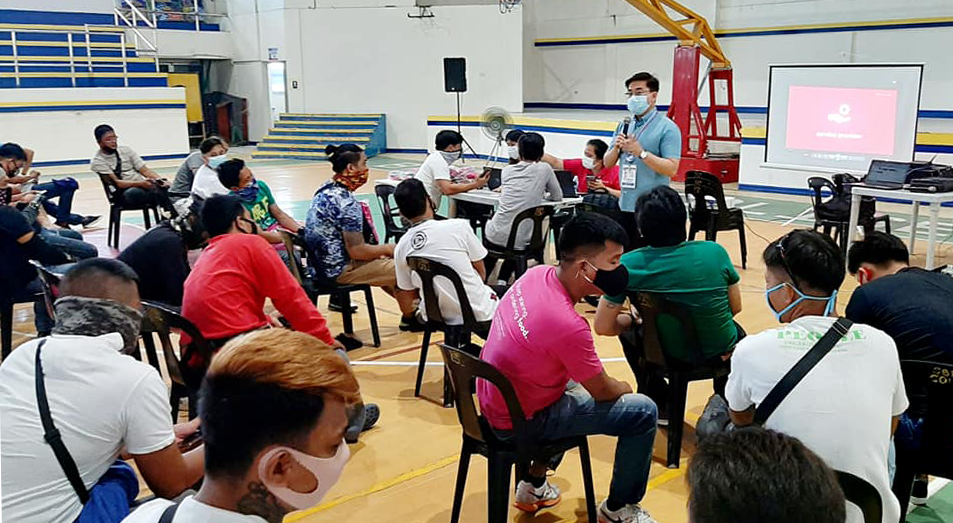Organization
Baguio General Hospital and Medical Center (BGHMC)
Best Practice Focus Area/s
Measurement, Analysis, and Knowledge Management
Year Implemented
June 2017
This is a GBPR entry
Summary
The Learning and Development program of the Baguio General Hospital and Medical Center (BGHMC) works in parallel with the many changes that are unfolding in the hospital processes. Its mandate emanates from the Civil Service Commission’s PRIME-HRM (Program to Institutionalize Meritocracy and Excellence in Human Resource Management) to celebrate and recognize excellence in human resources. As a health institution whose vision is to be the premier referral center of the North, it keeps track of learning and development interventions of medical, nursing, allied, and nonmedical personnel. These services are vital to health delivery, and these training programs ensure that the health service is delivered beyond expectation. To prepare and analyze the impact of training on hospital personnel, the BGHMC started monitoring all these interventions in 2017.
Background and Problem
This best practice intends to systematically evaluate the hospital’s workforce skills after learning and development interventions, evaluate interventions that addressed competency gaps identified in 2017, and revisit training plans to target the hospital’s training needs. Many training courses were conducted in the hospital in the previous years. Examples were training for doctors on procedures, updates of practice guidelines, intravenous (IV) therapy for nurses, and updates in government procedures for accountants, which only targeted improving skills for those who needed it.
The BGHMC started implementing the training cycle by accomplishing the evaluation of the individual development plan for evaluating the training needs analysis for those requesting training, preparing training sessions that answer competency gaps and evaluating these thereafter, accomplishing Level 1 and Level 2 evaluations of training, and improving on training programs that they conduct. All these were following the training plan for the year (using the allocated budget from the hospital’s MOOE).
The following were the training objectives of the training cycle: ensure that all hospital personnel will at least have eight (8) hours of learning and development intervention for the year; evaluate requests for training courses based on the individual development plan and their training needs analysis; develop or outsource training and development interventions to help narrow down the employees’ training competency gaps; assess the hospital personnel’s competency and job fit.
Solution and Impact
Realizing these scenarios can be channeled to better directions, a separate training manual for the hospital was made from the clinical Quality Manual. This training manual was ISO 9001:2015 certified. The PRIME HRM program was introduced to the Human Resource Department, requiring processes and procedures for hospital training and employee growth. The ISO Certified training manual answered the call for Learning and Development.
After doing these for three (3) years, the BGHMC had to evaluate the impact of these interventions on the organization. Thus, the paper on Level 3 and Level 4 evaluation of Learning and Development was conducted in the hospital.
The internally conducted Learning and Development activities had the following organizational impact: it decreased complaints; it reduced waste (responses include: decreased water shortage occurrences, decreased demand for resources from supplier, decreased waiting time, decreased surgical complications, fewer hospital stay, fewer encounters with patients, fewer simulations); it increased production, performance and higher employee morale (responses include: Improved staffs’ quality of mental health, healthier work environment, a lower degree of burnout, well-rounded surgical residents, happy consultants/ mentors, harmony in the workplace, Increased participation, reduced absences of staff).
These reflect that more employees are better equipped and more responsible for their personal growth in their work environment. Meanwhile, the external training sessions made employees stay on their job because they became more equipped to do their work, made them perform better, and contributed to increased hospital quality ratings. There was better patient care, improved quality service, better clinical and radiologic correlation, and proper assessment and reporting.
Milestones/Next Steps
All employees’ individual development plans (IDP) in 2017 were gathered and analyzed. The gaps were ranked according to frequency and which among these needed the most attention. For 1,113 employees with different competencies and job skills, the training office addressed training of competency gaps falling under core, organizational, and leadership skills, which were common to all professions and job skills. Technical skills training for different job skills was either provided as internal training conducted by hospital subject matter experts or external (provided by other training venues and subject matter experts).
Other notable milestones were: accreditation and re-accreditation of the ISO 9001:2015 Training Manual; recognition in 2018 as the first Government hospital to reach Level II in the PRIME-HRM where Learning and Development is one of the pillars; Trailblazer Awards for Performance Governance System Golde (2018) and Silver (2018) because of the Learning and Development’s strategic contribution to training and research; received the Hall of Fame for Best Institution for Research from the Cordillera Regional Health Research and Development Consortium in January 2019.
In 2020, the BGHMC gathered feedback on how the previous interventions affected their present work in the hospital. Feedback evaluations were retrieved within six (6) months to one (1) year after Learning and Development activities were analyzed. External training that employees attended made them stay on their job because they became more equipped to do their work, made them perform better, and contributed to increased quality ratings of the hospital Examples of responses were: better patient care, improved quality service, better clinical and radiologic correlation, proper assessment and reporting.

